The two companies leading the pack in the pursuit of space tourism have said they are just months away from their first out-of-this-world passenger flights — though neither has set a firm date.
Virgin Galactic, founded by British billionaire Richard Branson, and Blue Origin, by Amazon.com Inc founder Jeff Bezos, are racing to be the first to finish their tests — with both companies using radically different technology.
Neither Virgin nor Blue Origin’s passengers would find themselves orbiting the Earth: Instead, their weightless experience would last just minutes. It is an offering far different from the first space tourists, who paid tens of millions of US dollars to travel to the International Space Station (ISS) in the 2000s.
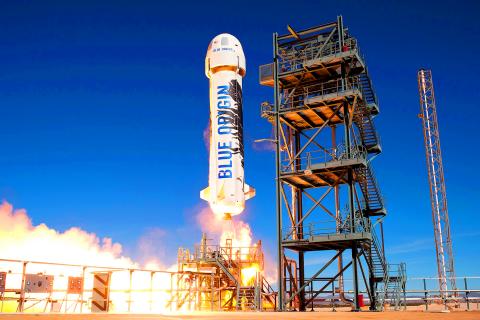
Photo: AFP/ BLUE ORIGIN
Having paid for a much cheaper ticket — costing US$250,000 with Virgin, as yet unknown with Blue Origin — the new round of space tourists would be propelled dozens of kilometers into the atmosphere, before coming back down to Earth. By comparison, the ISS is in orbit 400km from our planet.
The goal is to approach or pass through the imaginary line marking where space begins — either the Karman line, at 100km, or the 80km boundary recognized by the US Air Force. At this altitude, the sky looks dark and the curvature of the Earth can be seen clearly.
With Virgin Galactic, six passengers and two pilots are boarded onto SpaceShipTwo VSS Unity, which resembles a private jet.
The VSS Unity is to be attached to a carrier spacecraft — the WhiteKnightTwo — from which it would then detach at about 15km. Once released, the spaceship would fire up its rocket and head for the sky.
Then, the passengers would float in zero gravity for several minutes, before coming back to Earth.
The descent is slowed down by a “feathering” system that sees the spacecraft’s tail pivot, as if arching, before returning to normal and gliding to land at Virgin’s “spaceport” in the New Mexico desert.
In total, the mission lasts between 90 minutes and two hours.
During a May 29 test in California’s Mojave Desert, the spaceship reached an altitude of 34km, heading for space.
In October 2014, the Virgin spaceship broke down in flight due to a piloting error, killing one of two pilots on board. The tests later resumed with a new craft.
The company has also reached an agreement to open a second “spaceport” at Italy’s Tarente-Grottaglie Airport, in the south of the country.
Branson in May told BBC Radio 4 that he hoped to be one of the first space passengers in the next 12 months.
About 650 people make up the rest of the waiting list, Virgin told reporters.
Meanwhile, Blue Origin has developed a system closer to the traditional rocket: the New Shepard.
On the journey, six passengers take their place in a “capsule” fixed to the top of a 18m-long rocket.
After launching, it detaches and continues its trajectory several kilometers toward the sky.
During an April 29 test, the capsule made it to 106km.
After a few minutes of weightlessness, during which passengers can take in the view through large windows, the capsule gradually falls back to Earth with three large parachutes and retrorockets used to slow the spacecraft.
From take-off to landing, the flight took 10 minutes during the latest test.
Until now, tests have only been carried out using dummies at Blue Origin’s West Texas site.
Company officials were recently quoted as saying that the first tests with Blue Origin astronauts would take place “at the end of this year,” with tickets for the public expected to go on sale next year.
However, in comments to reporters on Friday, the company struck a more cautious note.
“We have not set ticket pricing and have had no serious discussions inside of Blue on the topic,” the firm said. “We have a flight test schedule, and schedules of those types always have uncertainties and contingencies. Anyone predicting dates is guessing.”
Space Exploration Technologies Corp and Boeing Co are developing their own capsules to transport NASA astronauts, most likely in 2020, after delays — a significant investment that the companies will likely make up for by offering private passenger flights.
“If you’re looking to go to space, you’ll have quadruple the menu of options that you ever had before,” Phil Larson, assistant dean at the University of Colorado, Boulder’s College of Engineering and Applied Science, told reporters.
In the longer term, the Russian firm that manufactures Soyuz rockets is studying the possibility of taking tourists back to the ISS.
And a US start-up called Orion Span earlier this year announced that it hopes to place a luxury space hotel into orbit within a few years, but the project is still in its early stages.
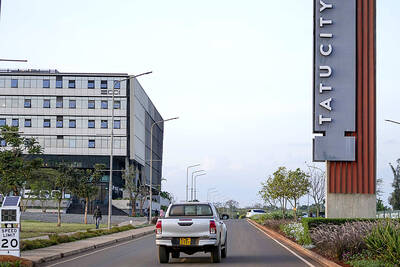
To many, Tatu City on the outskirts of Nairobi looks like a success. The first city entirely built by a private company to be operational in east Africa, with about 25,000 people living and working there, it accounts for about two-thirds of all foreign investment in Kenya. Its low-tax status has attracted more than 100 businesses including Heineken, coffee brand Dormans, and the biggest call-center and cold-chain transport firms in the region. However, to some local politicians, Tatu City has looked more like a target for extortion. A parade of governors have demanded land worth millions of dollars in exchange
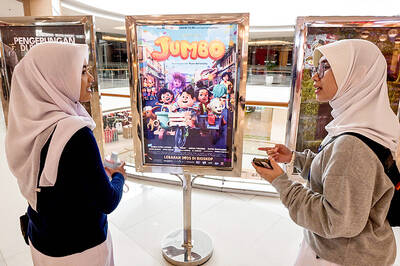
An Indonesian animated movie is smashing regional box office records and could be set for wider success as it prepares to open beyond the Southeast Asian archipelago’s silver screens. Jumbo — a film based on the adventures of main character, Don, a large orphaned Indonesian boy facing bullying at school — last month became the highest-grossing Southeast Asian animated film, raking in more than US$8 million. Released at the end of March to coincide with the Eid holidays after the Islamic fasting month of Ramadan, the movie has hit 8 million ticket sales, the third-highest in Indonesian cinema history, Film
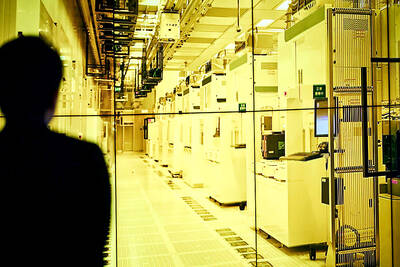
Taiwan Semiconductor Manufacturing Co’s (TSMC, 台積電) revenue jumped 48 percent last month, underscoring how electronics firms scrambled to acquire essential components before global tariffs took effect. The main chipmaker for Apple Inc and Nvidia Corp reported monthly sales of NT$349.6 billion (US$11.6 billion). That compares with the average analysts’ estimate for a 38 percent rise in second-quarter revenue. US President Donald Trump’s trade war is prompting economists to retool GDP forecasts worldwide, casting doubt over the outlook for everything from iPhone demand to computing and datacenter construction. However, TSMC — a barometer for global tech spending given its central role in the
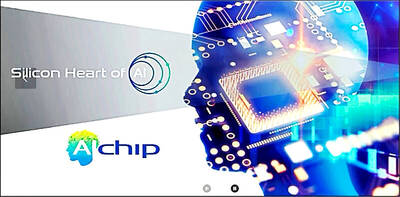
Alchip Technologies Ltd (世芯), an application-specific integrated circuit (ASIC) designer specializing in server chips, expects revenue to decline this year due to sagging demand for 5-nanometer artificial intelligence (AI) chips from a North America-based major customer, a company executive said yesterday. That would be the first contraction in revenue for Alchip as it has been enjoying strong revenue growth over the past few years, benefiting from cloud-service providers’ moves to reduce dependence on Nvidia Corp’s expensive AI chips by building their own AI accelerator by outsourcing chip design. The 5-nanometer chip was supposed to be a new growth engine as the lifecycle